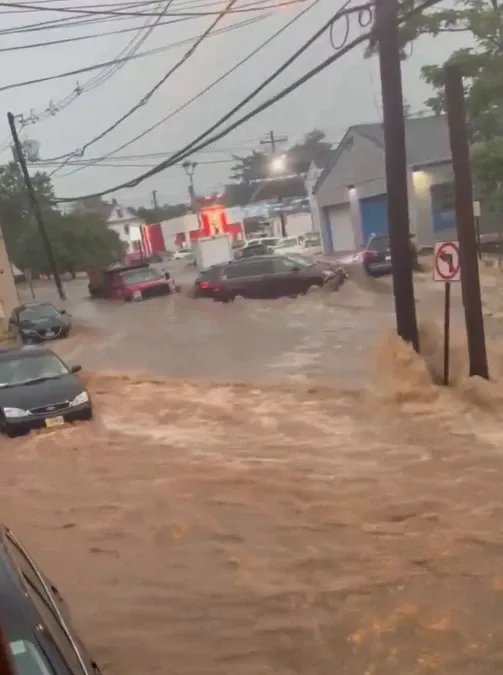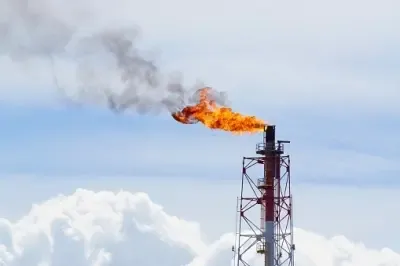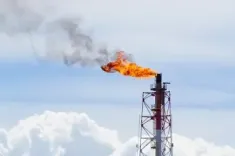What Caused the Flash Flooding in New York and New Jersey?

Synopsis
Key Takeaways
- Torrential rains have caused severe flash flooding in New York and New Jersey.
- The Governor of New Jersey declared a state of emergency.
- Residents are advised to stay indoors and be prepared for evacuations.
- Emergency services are actively responding to ensure public safety.
- More rainfall is anticipated, with authorities on high alert.
New York, July 15 (NationPress) Torrential downpours have affected regions of the Northeastern and Mid-Atlantic United States, resulting in significant flash flooding in New York City and northern New Jersey. This situation has led to emergency alerts, evacuations, and widespread disruptions.
The Governor of New Jersey, Phil Murphy, made a state of emergency declaration late Monday.
On social media platform X, he stated, "I am declaring a State of Emergency due to flash flooding and elevated rainfall in various areas of the state. Please remain indoors and avoid unnecessary travel. Stay safe, New Jersey."
The National Weather Service issued flash flood warnings for all five boroughs of New York City, as heavy rains dumped over an inch of water in locations such as Staten Island and Manhattan by early evening on Monday.
Forecasts predict continued rainfall throughout the night.
Authorities in New York City advised residents, particularly those in basement apartments, to be ready for sudden evacuations.
In an update on X, New York City Emergency Management conveyed, "If you reside in a basement unit, stay vigilant. Flash flooding can occur with little warning, even overnight."
"Keep a phone, flashlight, and emergency kit at hand. Be prepared to move to higher ground," they added.
Emergency data indicated that the Chelsea neighborhood in Manhattan recorded 1.47 inches of rainfall by 7:30 p.m., while Staten Island experienced 1.67 inches.
In neighboring New Jersey, towns like Plainfield and Metuchen were among the hardest hit.
Authorities in both New York and New Jersey remained on high alert throughout the night, monitoring flood-prone areas and warning of the possibility of worsening conditions.
More rainfall is anticipated across the cities, with emergency services deployed in affected regions to prioritize public safety and rapid response.









